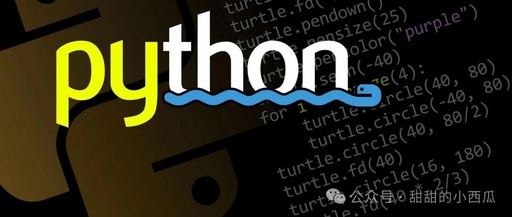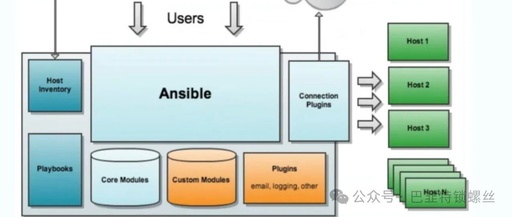PLC Hardware Monitoring: Online Monitoring Module Configuration for Real-Time Parameter Management!
PLC Hardware Monitoring: Online Monitoring Module Configuration for Real-Time Parameter Management! Introduction Hello everyone! Today, I want to share a technology that will help PLC maintenance engineers sleep better—online hardware monitoring! [Red Code]Imagine being able to detect potential issues before the device alarms, just like giving your PLC a “health bracelet”! [Blue Code] By keeping … Read more








